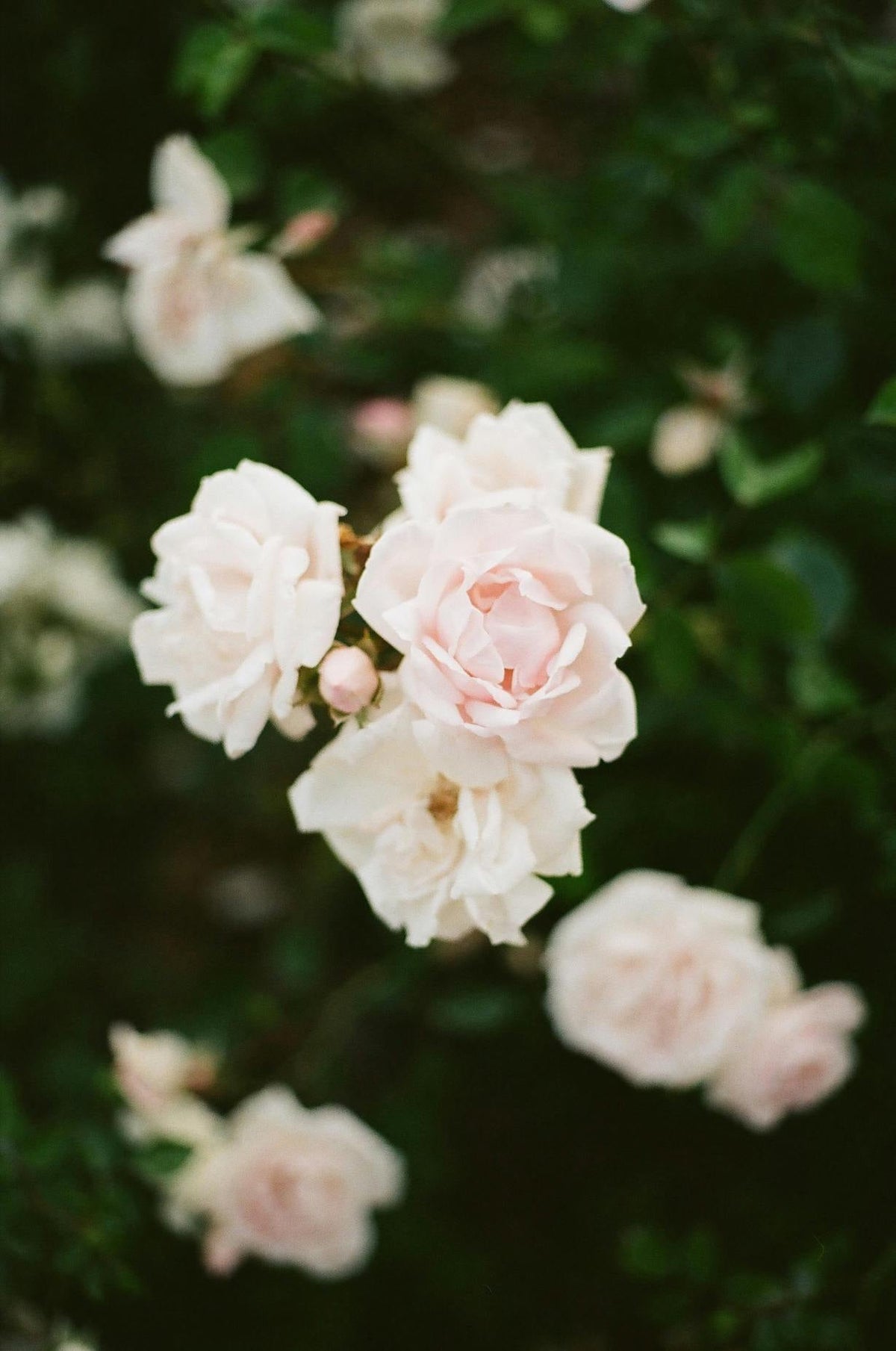
Why you can now plant roses with bare roots
|
Tijd nodig om dit artikel te lezen: 3 min
|
Tijd nodig om dit artikel te lezen: 3 min
Roses: some people swear by them, others find them too prickly, too sugary sweet or just not pretty. Yet they come in so many varieties that there is a perfect rose for everyone. And November is the perfect month to plant them bare root.
Before you start, it is useful to know which type of roses suits your garden best. There are different categories:
Pot or patio roses
- ideal for pots or borders
- grow to about 60 cm high
Shrub roses
- suitable for larger borders
- around 90 cm
- good cut flowers
There are tea hybrids (large (cut) flowers, often with a wonderful scent), floribunda roses (tea hybrids crossed with cluster roses, less fragrant but with many colours).
Shrub roses
- vary greatly in size, from compact shrubs to 2.5 metre tall species
- bourbon roses, centifolias
Climbing roses
- perfect for covering walls, pergolas or (rose) arches
- bloom luxuriantly
Ground cover roses
- for covering larger surfaces
- grow slowly
Standard roses
- perfect for smaller gardens
- to add height to borders or paths
- shrub or climbing roses grafted on a trunk
You are of course familiar with the plants and roses that you buy in a pot, neatly with soil in it. From this month - just before winter begins - roses are dormant and you can also buy them with a bare or bare root. So you literally get them without soil around the roots. That also means that the plant must go into the ground as soon as possible.
Why would you buy roses with bare roots instead of neatly in a pot? There are some advantages to this, which also apply to all other trees, shrubs or plants that you buy with bare roots.
They cost less.
So, a good reason to choose bare root roses: they are grown in the open ground and therefore no pots, potting soil, manure or all kinds of materials are used. They are easier to pack and transport, because they take up less space. Lower production and transport costs, and also better for the environment.
They have stronger roots.
Roses grown in the open ground have not been restricted by a pot around their roots. Their root system is stronger, but be careful: roots dry out quickly, so it is important to put a bare root rose back in the ground as soon as possible!
They can already start growing now.
And not just from spring, which is another good time to plant. By planting roses just before winter, when they are dormant, they can direct all their energy to the roots, because leaves are not an issue now anyway.
Where?
Choose a sunny spot in the garden, because roses need at least 4 hours of sunlight per day.
When?
Planting bare root roses is done when the plant is dormant: at the end of autumn, before winter begins. If you buy such roses, you should plant them as soon as possible, so that the roots do not dry out. So take the weather forecast into account, because it should not freeze at that time.
Place the bare root rose in a bucket of water for a few hours while you prepare the soil.
Make a planting hole large enough for the rose in question and loosen the soil around it a little. This will give the roots enough room to grow and develop.
Depending on the type of soil you are working with, you may need to improve the soil with compost or soil improver. You can also add basalt flour to replenish nutrients and minerals.
Place the rose in the planting hole, with the base of the plant just below the surface (about 2 cm).
Fill the hole with soil and shake the rose lightly every now and then so that the soil can spread everywhere between the roots.
Water the rose abundantly after planting: the soil will then settle better around the roots.



